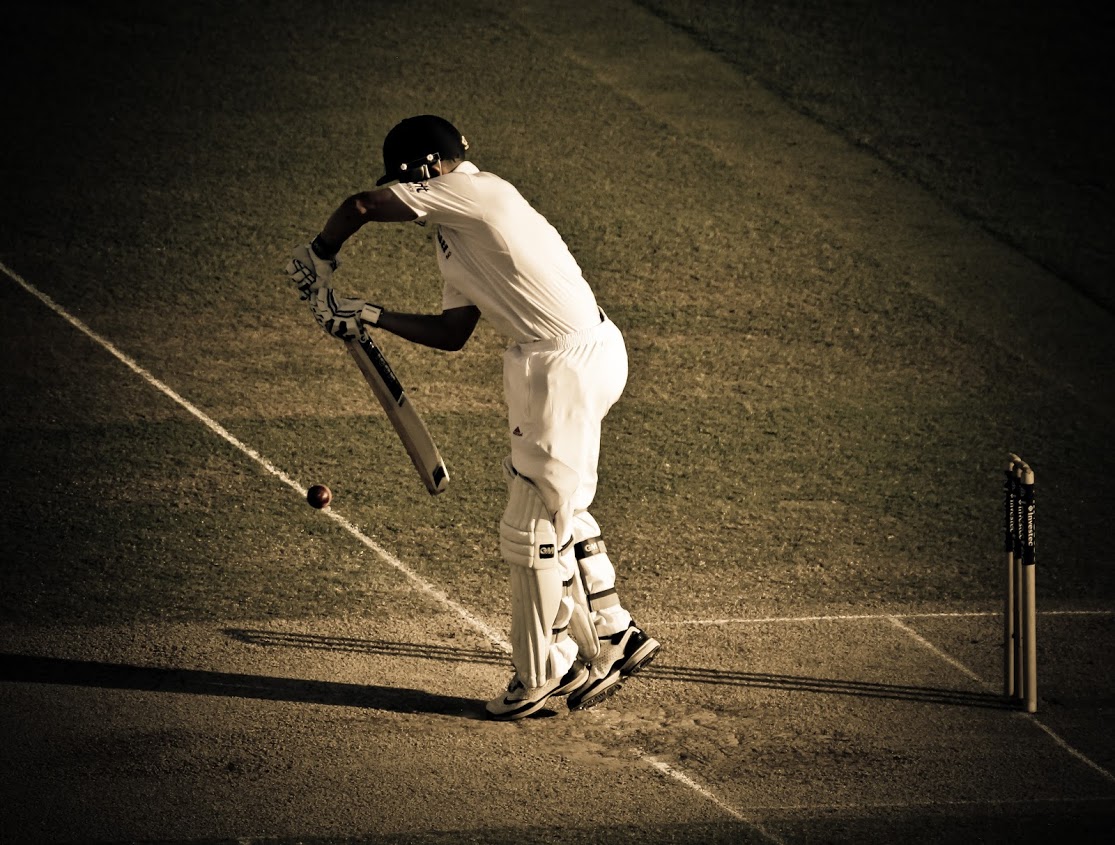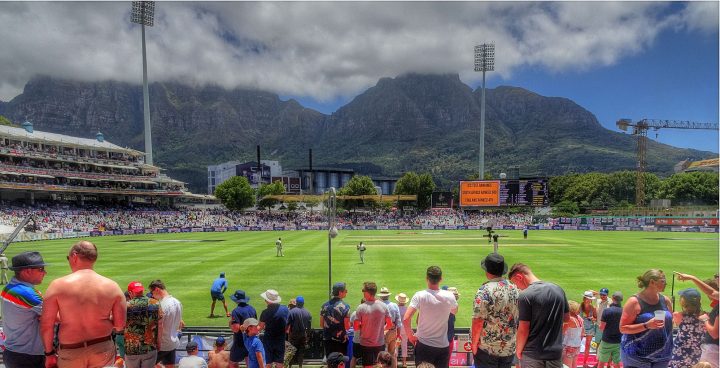Confused about the format of the ICC World Cup? Not sure you can keep up with developments in cricket’s premier international tournament? Worry no more. Here’s a handy cut-out-and-keep Full Toss guide to how it all works..
1. The ICC World Cup is comprised of 237 fixtures played over a period of eight months, and features seventeen separate elimination stages. The overall objective is to establish which side will lose to Australia in the final.
2. Fourteen nations participate in the tournament. After every side has played each other seven times, the one ranked bottom is eliminated. The remaining teams proceed to the exciting ‘Super Thirteens’ phase of the competition.
3. The quarter-finalists are decided by the following formula. Each side’s run-rate is divided by wickets lost, multiplied by the captain’s mum’s birthday, divided by the name of his first pet, and then subtracted from the number you first thought of. After this process, England get knocked out.
4. Responding to criticism that the 2007 World Cup was too long, the organisers have radically revamped the format and greatly reduced the length of the tournament. By four matches.
5. To help give each side a distinctive presence, they play in their national colours rather than traditional whites. This often leads to a riot of colour and spectacle. Recommend fixtures include England (blue) v Sri Lanka (blue), Ireland (green) v Pakistan (green) and Australia (green) v South Africa (green).
6. To provide leadership and clarity, the ICC have put in place a number of management tiers to ensure the World Cup is an enjoyable spectator experience. These include the Crisp Flavour Authorisation Sub Committee, the Soft Drinks Label-size Working Party, and the Barmy Army Trumpet Volume Executive (ex-officio).
7. If the Duckworth-Lewis method is used in the event of rain, the losing side shall be South Africa. Even if they’re not actually playing in the match.
Maxie Allen









No 7 is, sadly, not a joke.
[…] This post was mentioned on Twitter by The Full Toss, The Full Toss. The Full Toss said: The World Cup made simple. Ish. http://bit.ly/gOjW6w #iccworldcup #cricket […]